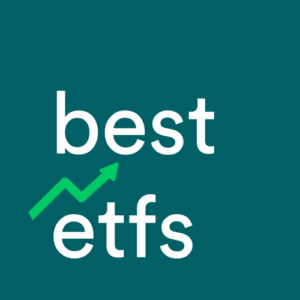We recently crunched some numbers in our database and found that BetaShares Geared Australian Equity Fund (Hedge Fund) ETF (ASX: GEAR) and Vaneck Australian Equal Weight ETF (ASX: MVW) ranked higher than most ETFs in the Australian shares sector.
So what do they do?
BetaShares GEAR Fund is an internally geared fund, investing in the largest 200 companies on the ASX, by market capitalisation.
The VanEck MVW ETF provides exposure to over 60 of the largest and most liquid Australian shares, equally weighted. By equally weighting shares, this ETF aims to reduce concentration risk in specific Australian stocks and sectors.
If you want to go beyond the basics with the GEAR ETF you can learn more about it by reading our free review.
Obviously, an easy way to analyse ETFs like MVW and GEAR is by using quantitative methods and judging the fees and past performance (note: past performance is no guarantee of future performance).
At Rask Australia and Best ETFs, our team scores ETFs and funds based on the management fees and we take into account the buy-sell spread and other costs. We’ll then compare these ‘all in’ fees and costs across sectors, strategy types and providers to get a sense of fees across the entire market.
To make this article easier to digest, we’ll just study the fees or ‘management expense ratio’ (MER). Using data for December 2021, the GEAR ETF has an MER of 0.80% while the MVW ETF had a yearly fee of 0.35%. So, MVW wins on this metric. Keep in mind, a more useful metric to know is the fee quartiles that these ETFs find themselves in (note: quartile 1 is best). Meaning, we take all the Australian shares ETFs in our database and classify them into 4 quartiles, based on their fees. For example, any ETF which has a fee below 0.3% would be considered in our first (best) quartile.
How we study past performance
Typically, we want to a see ETFs with a three-year track record of attractive performance. Put another way, when an ETF achieves a three year track record, we score it in a better position than might otherwise be the case. That said, there are exceptions to this rule of thumb. Also, remember that it’s hard to compare an ETF with a hedge fund strategy against other ETFs. Why? Hedge fund ETFs often use inverse or ‘opposite’ strategies which means that they’re designed to move in an opposite direction to the market. Nevertheless, we can see that both ETFs met their three-year performance milestone.
Now we need to scrutinise the issuer or provider of the ETF. There are too many factors that go into our internal scoring of fund providers to detail here — here’s the quick version: As you guessed, the issuer of the GEAR ETF is BetaShares. Betashares ranks highly for our scores of ETF providers and issuers in Australia. We believe BetaShares is one of the leading providers of index and non-index style products to retail investors in Australia. MVW’s provider is Vaneck. VanEck ranks highly for our scores of ETF providers and issuers in Australia. Our team considers VanEck to be one of Australia’s leading providers of specialised ETFs and funds for retail investors and advisers.
Next steps
If you’d like to learn more about these two ETFs, be sure to visit our free GEAR ETF report or MVW ETF review.
In summary, the MVW ETF ranks higher against our internal scoring methodology but not by much compared to GEAR.
Please, keep in mind, there is much more to choosing a good ETF. That’s why you should now use these skills to find the best ETF you can. If you want the name of our team’s top ETF pick for 2022, keep reading…





